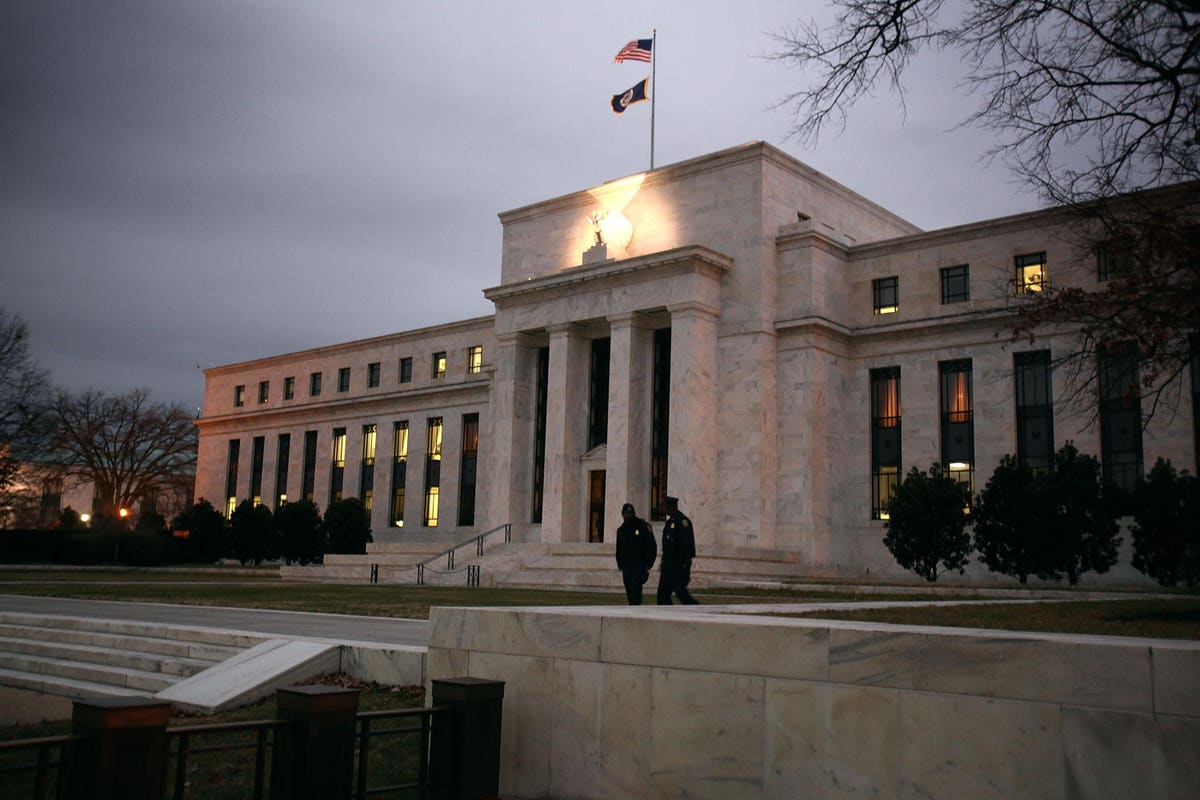In May, inflation abated a bit and gasoline prices fell 19% — that should feel good at the household level.
Inflation is mending and sentiment is that the Fed won’t raise rates tomorrow.
What’s your inflation language?
How you refer to the current period of price hikes signals what you believe causes inflation.
Say “Demand Inflation” and you are probably on the team that believes government income supports and labor power raises wages and consumer demand so much that firms must and can raise prices. But when real earnings are falling – not keeping up with prices demand inflation must not be the whole story.
Do you point to greedy corporations and say “Excuse inflation” and “Greedflation?” You might be those who believe corporations are gouging and pushing up prices – but there is no evidence that got any greedier than they were 3 years ago.
If you use the more refined term, “Seller Inflation” you may be reading rising – star University of Massachusetts Economist Isabella Weber who got slapped down by a male – (inflated) ego – Twitter sphere when she suggested last year that policy makers revisit price controls and strategic reserves, instead of using the Fed’s too-broad and indiscriminate interest-rate tool to slow inflation. Paul Krugman was one of the few gracious and humble enough to apologize.
In sum, inflation is caused by a mixture of both “too much demand” and “too little supply” of grain and energy because of the Russian invasion of Ukraine.
Capital markets are softening. Corporate profits fell. Though profits soared in the post pandemic recovery they have now have fallen to over 10 billion (adjusted for inflation) in first quarter of 2023 down from over 13 B (adjusted for inflation) in second quarter 2023.
And labor markets are softening too. Real wages and quit rates are starting to fall. ZipRecruiter’s new survey of recently hired workers found only 65% of new hires increased their pay and signing bonuses are lower. Fewer workers are switching industries (down to 51.8% from 54.5%), and more are planning to stay in their jobs at least 5 years.
What Should The Fed Not Do?
Now people are listening harder to the idea that the Fed has been too fast and too hard rapidly raising interest rate. Ten hikes in 19 months has been the largest and fastest- paced hike in four decades. The interest rate shock caused unexpected bank fragility and a liquidity crunch. The Fed aiming its firepower at workers instead imploded Silicon Valley Bank’s balance sheet, causing a rash of bank collapses in March.
But whose fault is it. We, the public and lawmakers, set the Fed up for failure. The Fed has an clumsy Swiss army knife and we expect it to perform delicate economic surgery, balancing prices and employment just so. Instead, the Fed needs a break from raising rates and more encouragement and resources to do more bank regulation and examinations.
Non-Fed Tools to Fight Inflation
Since the Fed has limited tools to fight inflation the nation and world need others.
One is building strategic reserves in grain, like we have in energy. Since much of food price inflation is caused by grain prices then a grain reserve would serve the same function as oil reserves—releasing calories to lower the price in the face of shocks and unacceptable levels of food insecurity. Price volatility of major grains (wheat, rice, and corn) is typical, especially when stores of grain dwindle. After 2007 importers built strategic reserves to distribute calories to the most vulnerable people in severe emergencies. We also need to pay attention to the spike in rents and build more housing.
Today’s inflation report was a big relief. Maybe we are in for a soft landing after all.
Read the full article here










